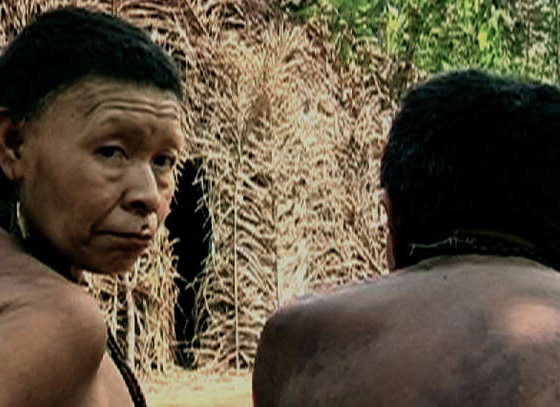History tells us a lot of interesting things — like how Columbus was the first man to set foot on North America. What history very often doesn’t tell us is the other side of the story, from the people who aren’t given the voice to tell their experience, to describe their demise.
1. Akuntsu, western Brazil
The story of the Akuntsu is, unfortunately, one of hostility and neglect. Their existence was only a rumor until 1995 when workers from FUNAI, the Brazilian native-protection agency, uncovered evidence of a massacre in the jungles of Rondonia, Brazil.
